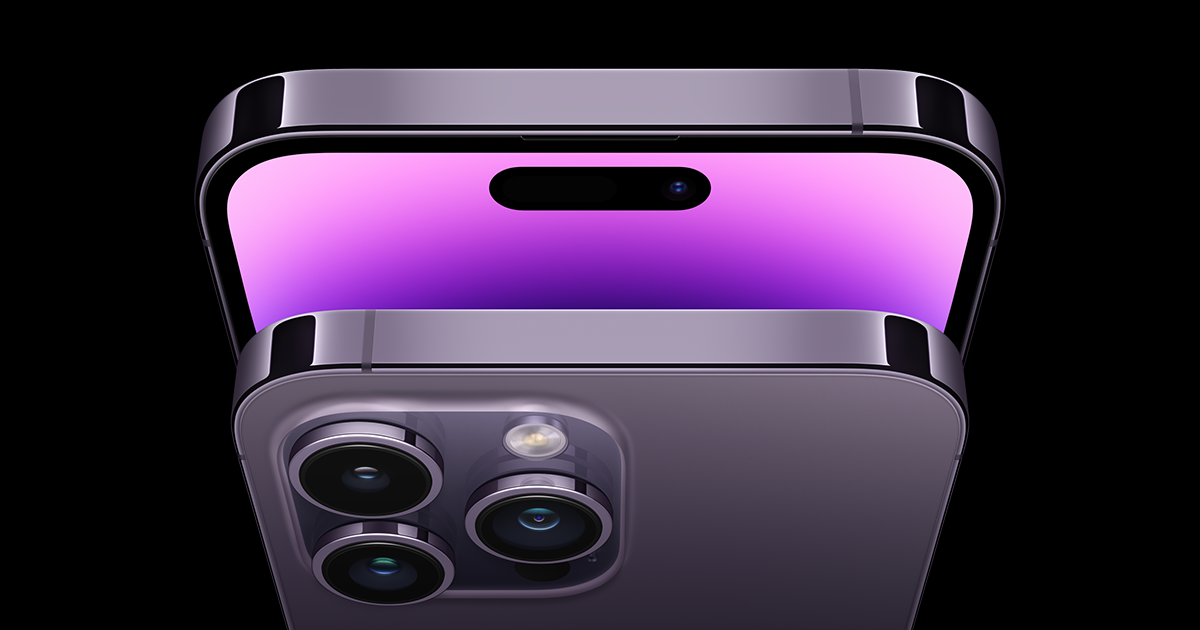It is difficult not to overstate the impact that mobile devices have on photography in general. Gone are the days when the casual tourist would whip out a compact camera for the usual holiday snaps. It its place, our phones have become the “de facto” camera for just about anything on the go, and conventional cameras have become more the exception than the norm in recent years.
The improvement in mobile optics and microprocessor capabilities means that your phone is now the perfect connected camera for both casual and even professional photographers (more on that in a bit).
More Than Just a Phone (or Camera)

With the billions of transistors packed into their microprocessors, phones nowadays have become so powerful that it won’t be far fetched to say that they can even outperform desktop PCs in some processing workloads.
The camera modules have also undergone dramatic improvements with every iteration of devices. Advances in optical design and sensor technology have given rise to phones that have become truly capable cameras in their own right.
The convergence of these areas of improvement have resulted in the emergence of new possibilities fuelled by such developments as computational photography and artificial intelligence.
And on top of all this innovation, with your phone being “the camera that’s always with you“, it is not hard to see why mobile devices have become the camera of choice for the most of us.
A Tool for the Connected Photographer
It has become the subject of raging debate as to whether mobile cameras with all their aforementioned technologies, could readily replace your main camera.
In some ways, that is true. But like most things in life, the reality can be a bit more nuanced.
The camera and its electronics still have to contend with the limitations of the physical realm. For example, the sensor in the camera housing can only have so many megapixels before the image quality begins to degrade. Of course, this can be counteracted by enlarging the sensor’s surface area, but likely at the cost of increasing the overall size (and not to mention the weight) of the entire device.
The current generation of mobile devices are pretty much “one-stop-shops”. Remember – they’re not just cameras (or phones anymore), but full-fledged computers that can fit in your pocket. All that being said, they’re pretty much equipped with the processing horsepower to enable creative professionals to plan, capture, process and even publish their work – all from the device itself. The ability to capture in raw, with support for geotagging makes your phone the perfect “scouting” camera, if you need a camera to scout a location and record its conditions (i.e., lighting, accessibility etc.) ahead of any work assignment. The myriad of apps available for the download, and the power of the cloud makes it possible for the photographer on assignment to stay productive while on the move.
So in conclusion, no, your phone will not replace your main camera. For professional creators even, I believe it will instead complement and support existing workflows – as yet another tool in the modern photographer’s arsenal. Like any tool, recognise its limitations (the aforementioned sensor size and optics) and use its features to your advantage.
